Winterizing Beach Houses
Despite a tropical location, winterizing your house on the Texas Gulf Coast is important for avoiding problems, especially if it is an unoccupied property or a rental property.
Freezing temperatures, often in combination with electrical power outages, can cause almost as much damage as a strong hurricane in Galveston, Texas.
The good news is that there are a number of winterizing steps that Tracy Calvert and yourself can do to mitigate these risks.
Note that water damage to your house and property is just part of the threat. The City of Galveston will also charge you for the water lost at a rate that escalates with overall volume.
Images of Water Damage and Winterizing
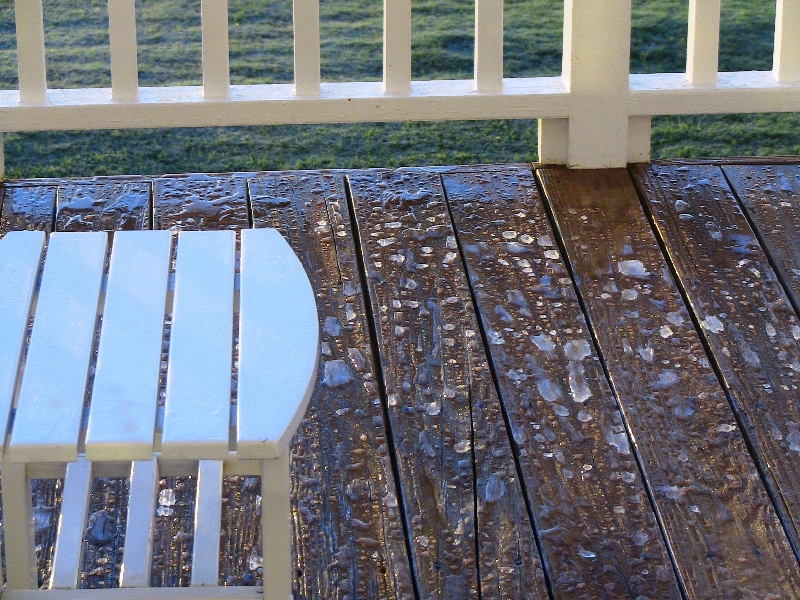

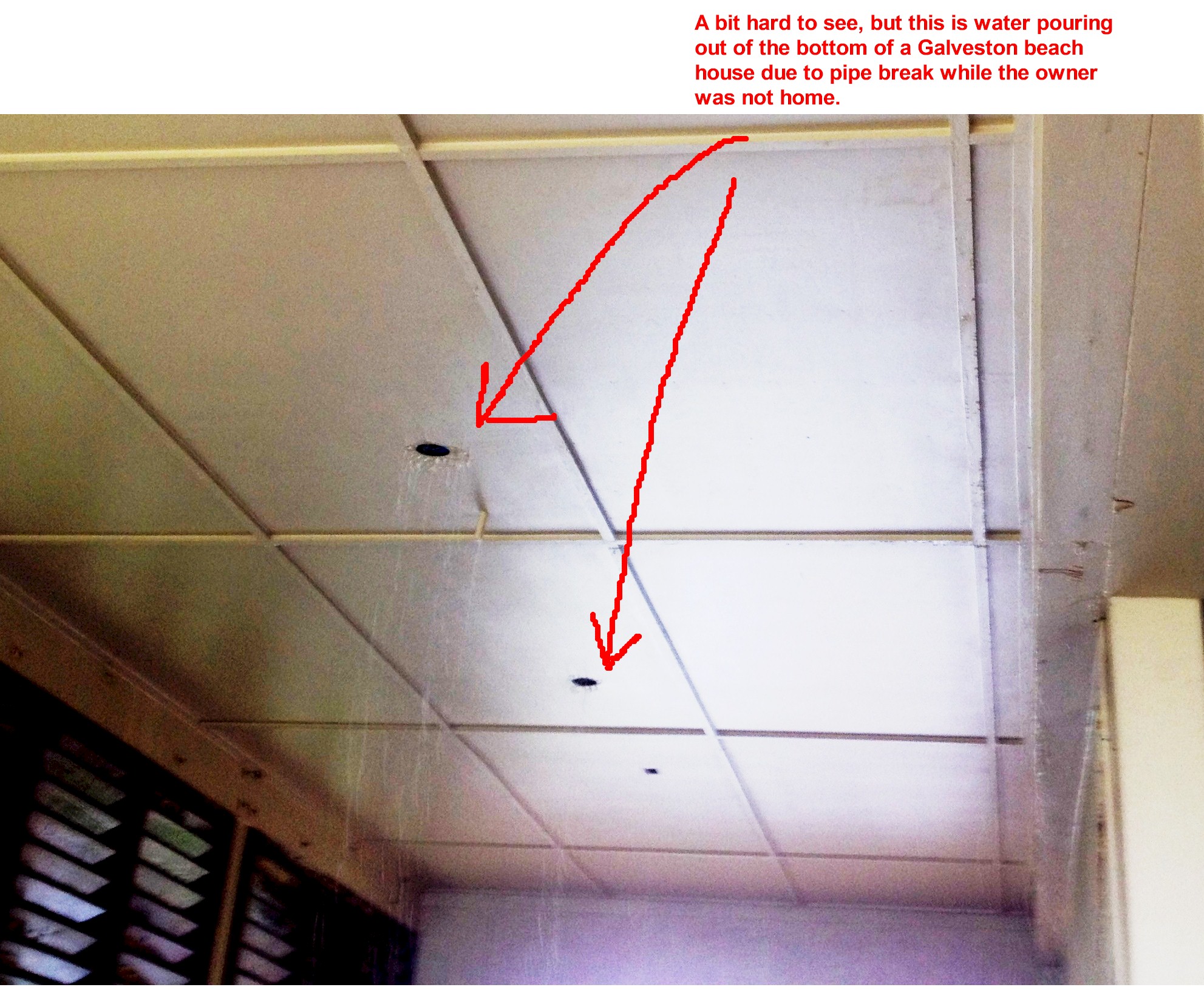
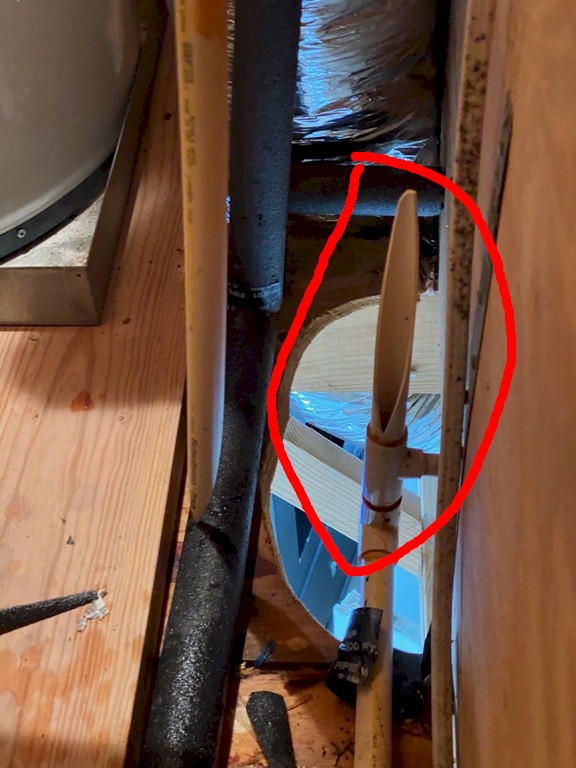
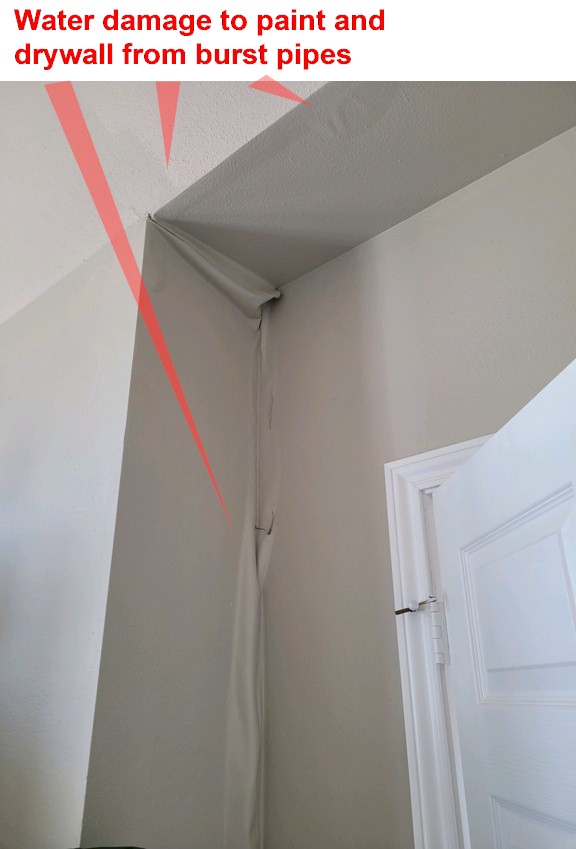
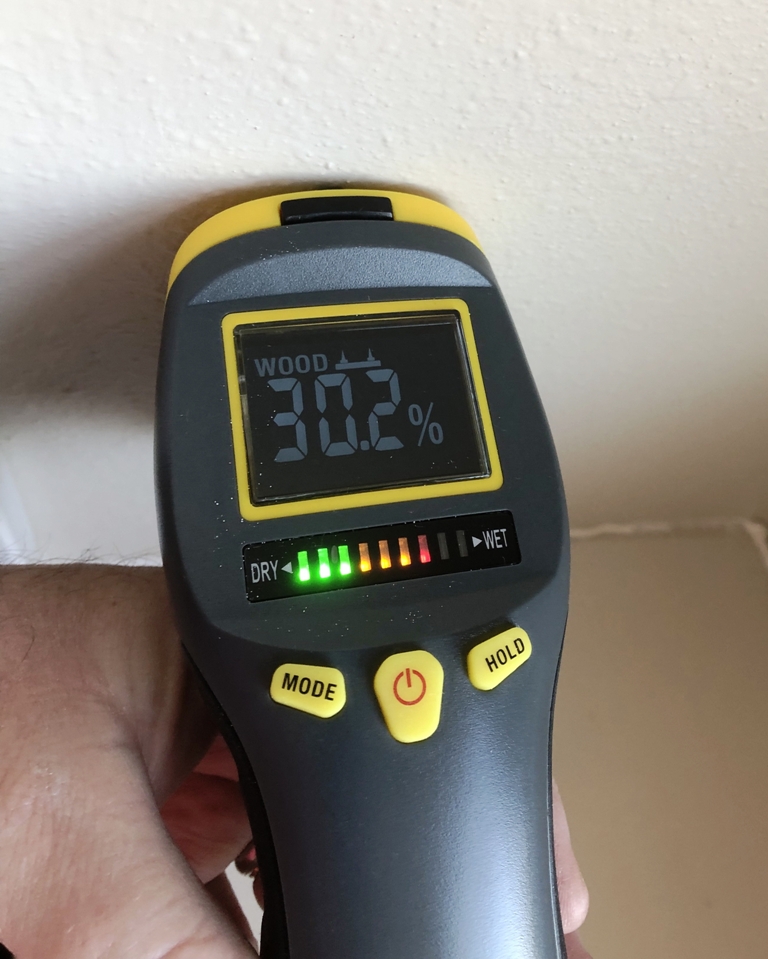
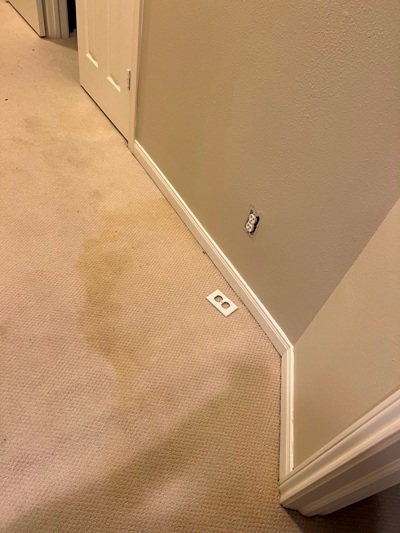
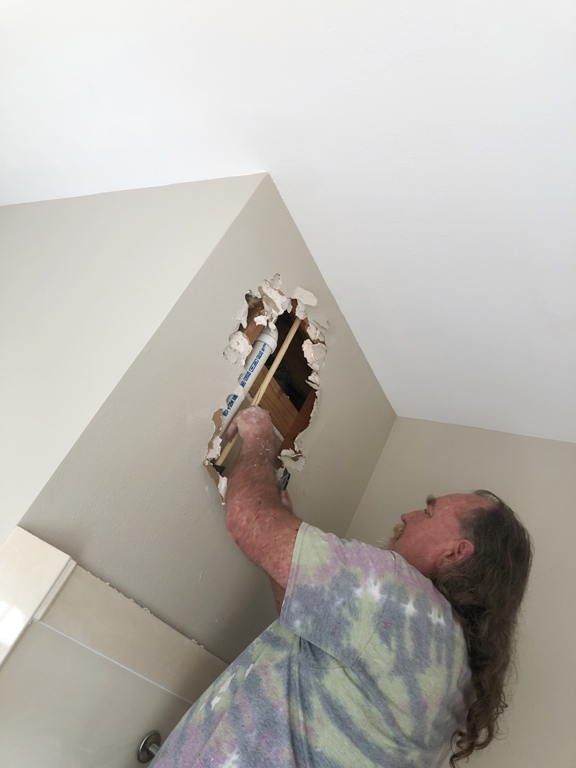
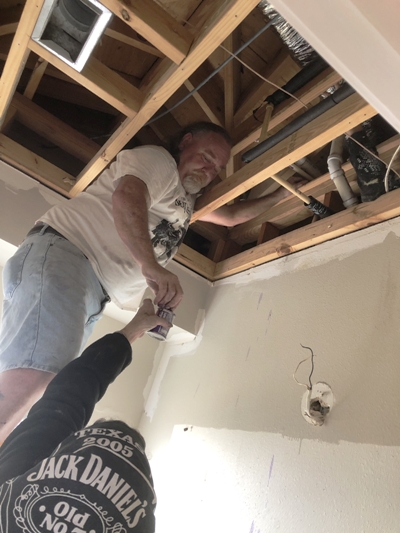
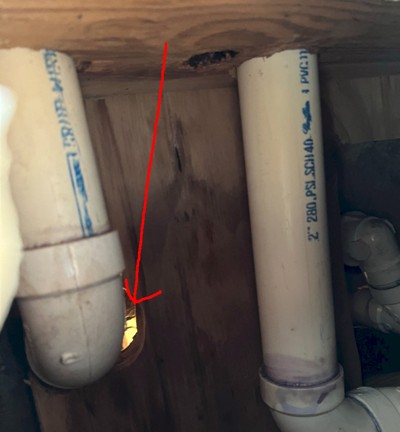
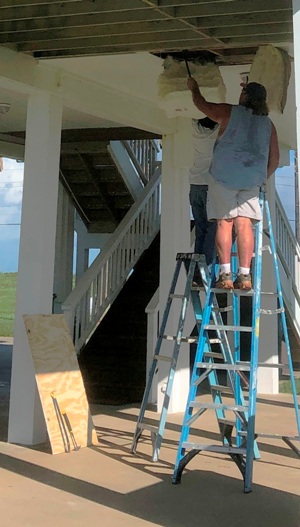
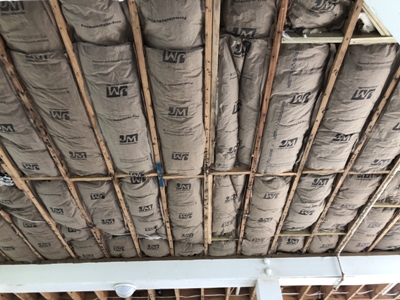
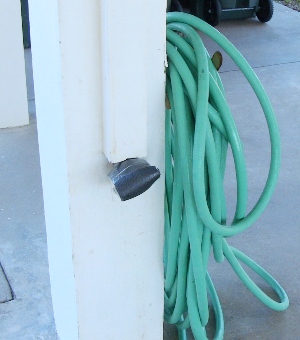
Winterizing Levels
The following guidelines are offered to prepare for cold weather in Galveston, Texas. Any tasks that you cannot perform, please contact Tracy Calvert to get them addressed before costly damage occurs
- Year round goals to ensure temperature and humidity control in your house
- Close any air voids or gaps that allow outside air intrustion into the climate-controlled region of your home.
- keep proper insulation on floors, ceilings, and walls
- Ensure doors are snug and adjusted for proper swing
- General winterizing steps for the months of December to April
- Install insulation covers on hose bibs
- Install foam pipe insulation on all sections above ground and outside the climate controlled region of your house
- Drain water out of exterior pipe runs like outdoor showers, if possible.
- Steps to prepare for a mild freeze lasting 1-23 hours.
- Turn on a drip of water at key faucets inside the house.
- Cover outdoor bushes and plants. Any potted plants that you can bring inside the house are much more likely to survive.
- Steps to take if home will not be occupied and hard freeze with power outage lasting more than 24 hours is possible.
- Shut off water at the city meter
- Drain water from pipes using gravity and atmospheric pressure
- Close all faucets
- Blow water out of house pipes (one outlet at a time) using pneumatic compressor
- Blow water out of irrigation pipes (one sprinkler zone at a time) using pneumatic compressor
- Treat drains, toilet bowls, and toilet tanks with non-toxic Marine Antifreeze